L’eulia of the vine and fruit trees (Argyrotaenia ljungiana) is an insect belonging to the order Lepidopterafamily Tortricidae and in many texts it is indicated by the nomenclature A. pulchellana. It is a tortricide present everywhere in Italy and is a highly polyphagous species that attacks the vine plant, fruit trees, vegetable crops and ornamental plants. It is therefore a parasite that can cause serious damage to crops in general.
In this article we see how to act to keep this insect under control, with adequate biological defense means.
Description of adult eulia
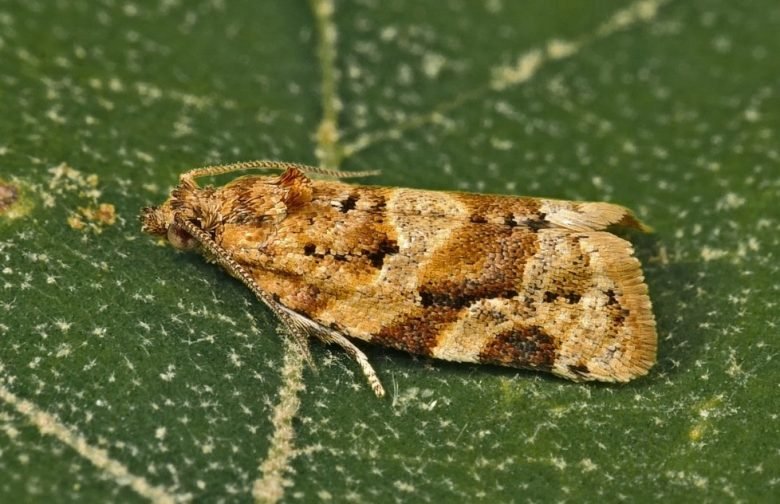
In the adult stage, the eulia looks like a small butterfly, with a wingspan of 12-17 mm. It is a species characterized by low sexual dimorphism, the females are simply a little larger than the males.
The front wings are wide and trapezoidal in shape, of light ocher as a background color, crossed transversely by darker brownish bands with an irregular outline. The bands are in the basal, median and preapical positions, the latter sometimes divided in two. The small hind wings are silvery gray.
On the head, covered with brown hair, there are two long brownish and moniliform antennae.
Eggs, larvae and chrysalis of eulia of the vine and fruit trees
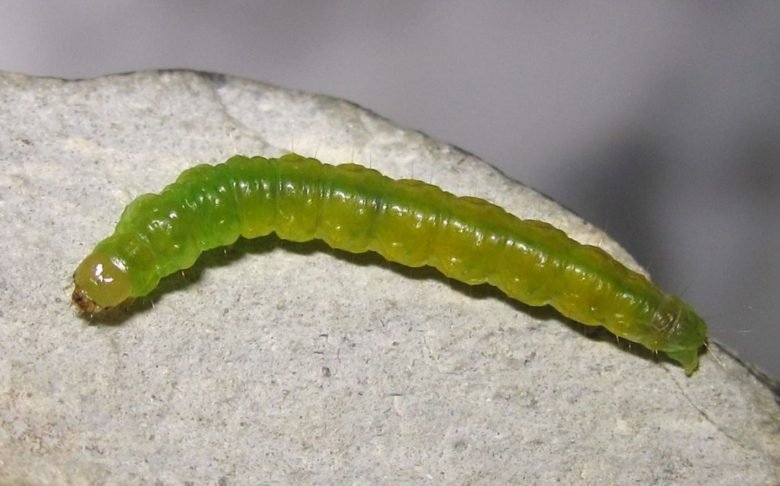
Eulia eggs are discoid in shape and are laid in imbricated ovature of variable number and yellowish color. They measure about 0.8 mm in diameter and are usually placed on the leaves of host plants. In the case of the fennelthe eulia eggs are left at the base of the plant.
The larvae of eulia at full maturity measure from 15 to 18 mm in length, are green or yellowish, sometimes with dark shades, depending on the food source they have. They are almost completely hairless and have an anal comb with 6-8 hooked teeth.
The chrysalis measures about 10 mm in length and is yellow-green in color.
Which plants does eulia attack?
Eulia is a very polyphagous species, which means that it attacks many different plants. In particular we have the vine, the pomaceous (eg Apple tree, However, quince, medlar…), stone fruit (peach, Cherry tree, plum, apricot), the Strawberrythe Kiwivegetable crops (bean, sweet pepper, fennel, chard), industrial crops (corn, hemp), ornamental plants (fat plants, Laurel, camelliapittospore, hibiscus), forest broad-leaved trees (maple, poplar, oak, larch), pines, other minor plants (hawthornheather, wild strawberries, broom, buckthorn, blueberrybuttercups, potentilla, etc.).
Damage to fruit trees
It is the eulia larvae that cause damage to trees, attacking both the leaves and the fruit. Initially, with first generation larvae, the damage consists of erosions on the underside of the leaf flap. With subsequent generations, the fruits are attacked. On apples, the damage is usually concentrated in the peduncle area, but in the case of heavy infestation, erosion can affect the entire skin. Even on peaches and apricots, erosion mainly affects the peduncle area, while on cherries and plums it is the entire surface of the fruit that is damaged. Onactinidia the larvae of eulia are able to make small rounded perforations.
Damage on the vine
On the vine, the eulia attacks the ripening grapes. Unlike the vine moth, which pierces the grape, the eulia is limited to a superficial erosion. However, such lesions pave the way for fungal diseases such as botrytis and risk causing serious anomalies in the fermentation processes during the vinification phase.
The life cycle of Argyrotaenia ljungiana
The eulia of fruit trees and of the vine generally completes 3 generations in a year. Wintering takes place at the chrysalis stage, among the vegetation fallen to the ground in autumn or in other makeshift shelters, such as the cracks in the wooden support poles of the vineyards.
The flicker of adults occurs towards the beginning of April and lasts for about a month. Females lay eggs one week after mating, which are left on the upper surface of the leaves. The embryonic development takes 2-4 weeks, depending on the climatic conditions. The newborn larvae immediately begin their trophic nutritional activity, localizing on the underside of the leaves, in particular along the median rib, where a protective silky case is built. Later the larvae begin to attack the fruit.
Maturity and further generations
The larvae are fully mature starting from the first ten days of June. In this phase of the life cycle, the larvae join the pages of two leaves that touch each other or make a leaf adhere to the fruit with silky threads. Between these two parts, the larvae cross each other. From the second half of June onwards, the new adults appear, which give life to the new generation which reaches full maturity usually towards the end of July. Between August and September we have a further flight of adults and therefore the third generation, the one that will then winter in the chrysalis stage.
How to eliminate the eulia of the vine and fruit trees in a biological way
The biological defense against eulia should start from a monitoring action, using the sex pheromone traps. These particular traps should be placed in the orchard or vineyard starting from early April, so as to check for a worrying presence of adults and therefore establish the intervention threshold.
In organic the most effective product to be used against the larvae of eulia is the bacillus thuringiensis var. kurstaki (if you need it is purchasable here). The maximum of its effectiveness is had towards the youngest larvae, it is therefore necessary to intervene promptly.

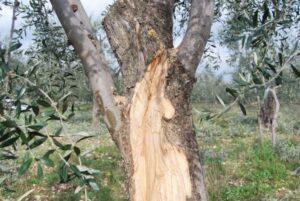
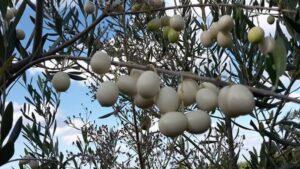
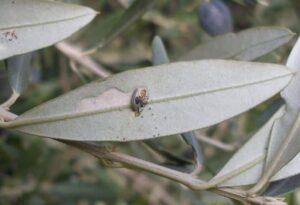
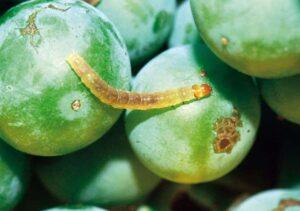
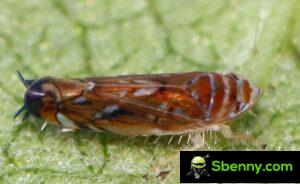
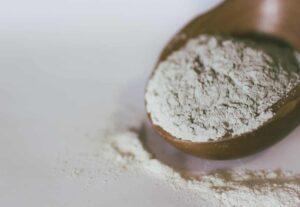
Start a new Thread